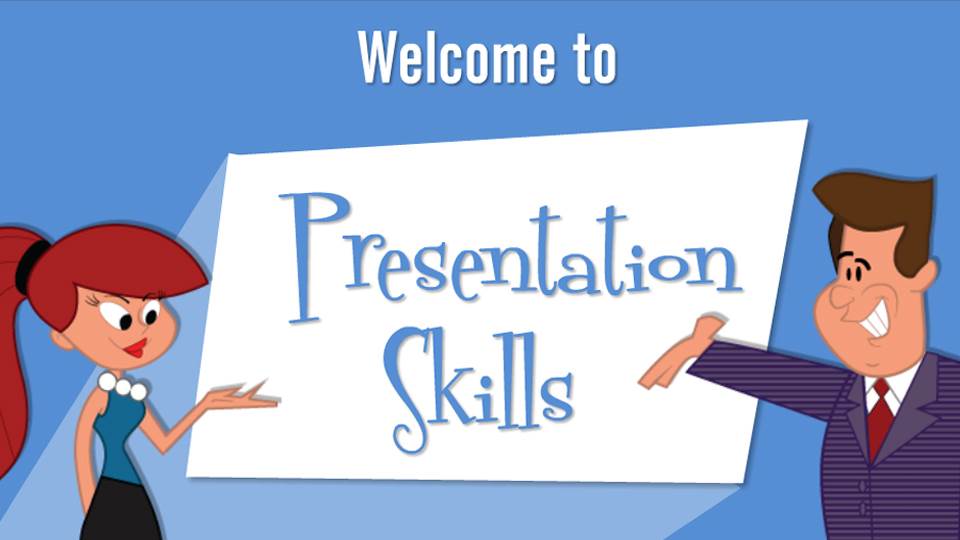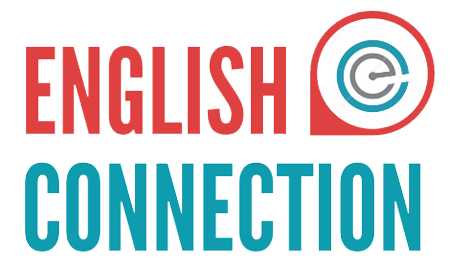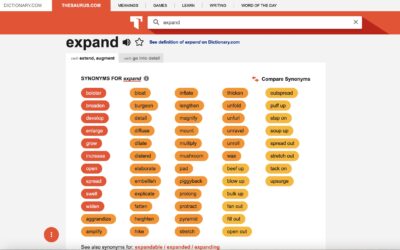
People often confuse presentation with public speaking. After all, both require you to speak in front of an audience. But, there are subtle and important differences between a presentation and public speaking. It is better to understand this difference so that you can prepare accordingly and get the best results!
The Audience
It all starts with the audience in mind when it comes presentation.
Unlike public speaking as such, a presentation is made to a defined set of people organised together in a small or mid-sized group with a limited number of members. To cite an example, students presenting a case study to the classmates or an advertising agency presenting to its prospective client.
Most large forms of presentations won’t usually exceed an audience that can fill an auditorium often limited to a few hundreds. Whereas, for public speaking, the audience can be a large gathering of thousands of people in a ground!
Type of Audience
In a presentation the audience comprises a set of people who are familiar with the speaker. Citing the example of a business presentation, say a supervisor presenting to his or her team the road map to be followed to meet the annual targets, the presenter and every individual in the audience are connected to each other in professional capacity.
Motive of the Audience
Contrary to public speaking, in the case of a presentation, all the members participating in the presentation and the speaker have a common vested interest towards which they all intend to work collectively. Drawing from the prior example of a business presentation, the supervisor and all the team members have a common goal of achieving the annual targets.
Purpose of the Speaker
In a presentation a topic is presented comprehensively. The material is explained in detail highlighting various related points such as advantages, disadvantages, improvement areas, resolution plan, targets, or rewards. The primary aim of the presenter here is to educate the audience on the topic, and perhaps drive a call to action.
Communication Format
Traditionally, a presentation comprises spoken and visual communication. It may be a slide show or an audiovisual presentation. The topic is presented not only verbally but also by displaying content in writing, supported with charts, tables, images, or text.
Skills Required
Presentation requires the presenter to combine verbal and written content and to work with visual presentation programs such as slides.
Time for Preparation
Presentation is a prepared act, more than public speaking. Before the presentation, the presenter is ready with all the required information and facts intertwined in a pre-defined sequence. More often than not, a presentation is on a specific topic and the presenter is given ample amount of time for preparation.
8. Creativity Index
Presentation is usually a formal offering. It is a form or act that has to be delivered according to certain pre-set instructions and guidelines. The presenter has limited scope and freedom to divert and add creativity to the presentation. For instance, the most common scope of limitation is the amount of time available to deliver a presentation.
Elements for Effectiveness
Unlike public speaking, a presentation focuses more on content rather than on communication style. The key responsibility of the presenter is to provide the audience with detailed information on the topic covering all its aspects.
An example that may be quoted is that of an author narrating a story through a kid’s YouTube video. In the video, the author narrates the story using various voice modulations to make it entertaining for the kids and to make them feel every emotion of the characters. This case portrays the modern form of public speaking where face-to-face interaction has been eliminated.
At the same time the author presents the story using text, pictures, animations or effects in the video to make the kids visualise the characters and understand the flow of the story.






0 Comments